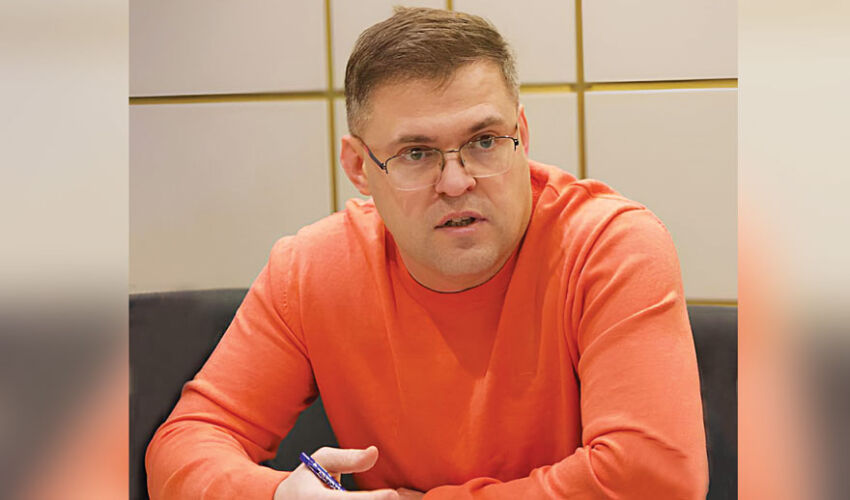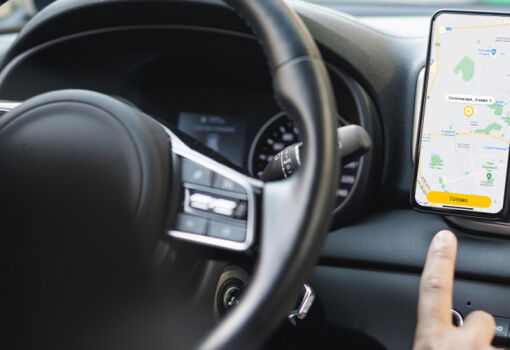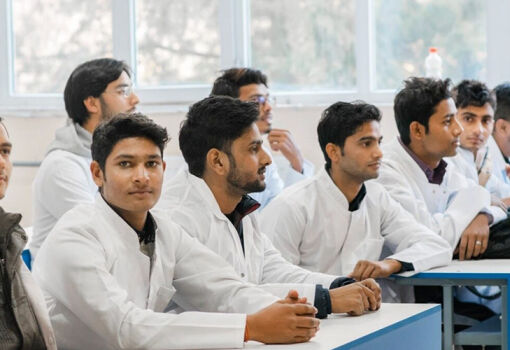
Anton Goncharuk
A new standard application form will be introduced into the Regulations on the refund of value added tax. This will eliminate unnecessary bureaucracy and speed up refunds, the authors hope. Currently, companies submit two separate applications, which lengthens the tax refund procedure and creates an additional burden on the State Tax Service.
The project also suggests increasing the limit of the amount of VAT allowed for refund in accordance with Article 1016 of the Tax Code. Recall, it concerns VAT payers who document transactions through the AIS “e-Factura” and/or through fiscal documents issued by cash register equipment connected to the information system “Electronic Sales Monitoring”. Enterprises applying this provision of the TC accumulate so-called offset VAT or the difference resulting from the excess of the amount of tax paid on purchases (including import VAT) over the amounts of VAT on sales.
If the draft is approved, the limit will increase from 20% to 50% of the claimed refund amount. In addition, it is planned to revise the frequency of thematic audits of VAT amounts reimbursed to enterprises under the simplified procedure. The STS will be able to conduct them at least once a year – at large enterprises, and once every two years – at other enterprises. It is also proposed to exclude from the regulations the condition limiting the right to simplified VAT refunds if during the last tax audit the amount of tax liabilities accrued by the STS exceeded 1% of the total value of supplies made in the tax period under audit.
The professional community positively assesses the managers’ desire to optimize the VAT refund procedure. Especially in terms of increasing the limit. But what is important is how this will actually happen, say specialists who are well versed in the endless changes in legislation.
From January 1, 2023, a change in the legislation has been introduced, which allows to receive reimbursement for domestic supplies, provided that the economic agent carries out its activities through a cash register connected to the system “Electronic Sales Monitoring” or with the help of an e-invoice. If these conditions are met, it can reimburse VAT that it has accumulated in credit since January 2023.
At the same time, according to experts, the government previously set a threshold of 20% in order to be able to reimburse businesses less. Because initially it was stated that VAT would be reimbursed, but then through the government’s decision in the algorithm of payments put such a percentage in the algorithm so that the amounts would be small. The reason is the limited capacity of the budget, they explain.
So, if the percentage increases, it is definitely a good thing. Now there is such a situation at customs that many enterprises have offset VAT. And it is not only and not even so much agricultural producers, who accumulate it because of the difference in rates, but also other areas – catering and retail. Thus, large retailers have problems in the investment process. They invest in the expansion of networks in the expectation of VAT refund, but they cannot get it for a long time.
Experts specify that with their decision to optimize the two applications, the authorities are correcting the mistake they made at the end of last year. Then, instead of combining the two forms, it was decided to replace one of them with another. And they created a problem for six months. Because if the application is filled out incorrectly, the State Tax Service has the right to refuse to refund VAT to the company.
“Until the beginning of this year, companies applied by means of “e-cerere”, – explains the auditor Anton Goncharuk. – This is a convenient form, which did not raise questions from taxpayers. It was designed to refund overpaid taxes and solved two tasks: refund of overpayment or transfer of funds from one tax to another. There was a separate application for VAT refund. From the beginning of this year, the VAT refund application form was canceled and only the “e-cerere” form was left. However, it did not have all the boxes where you could enter the information that must necessarily be specified by the taxpayer. In the spring, the form was promised to be tweaked, but it still remains unchanged. So, not always such associations achieve the stated goal”.










